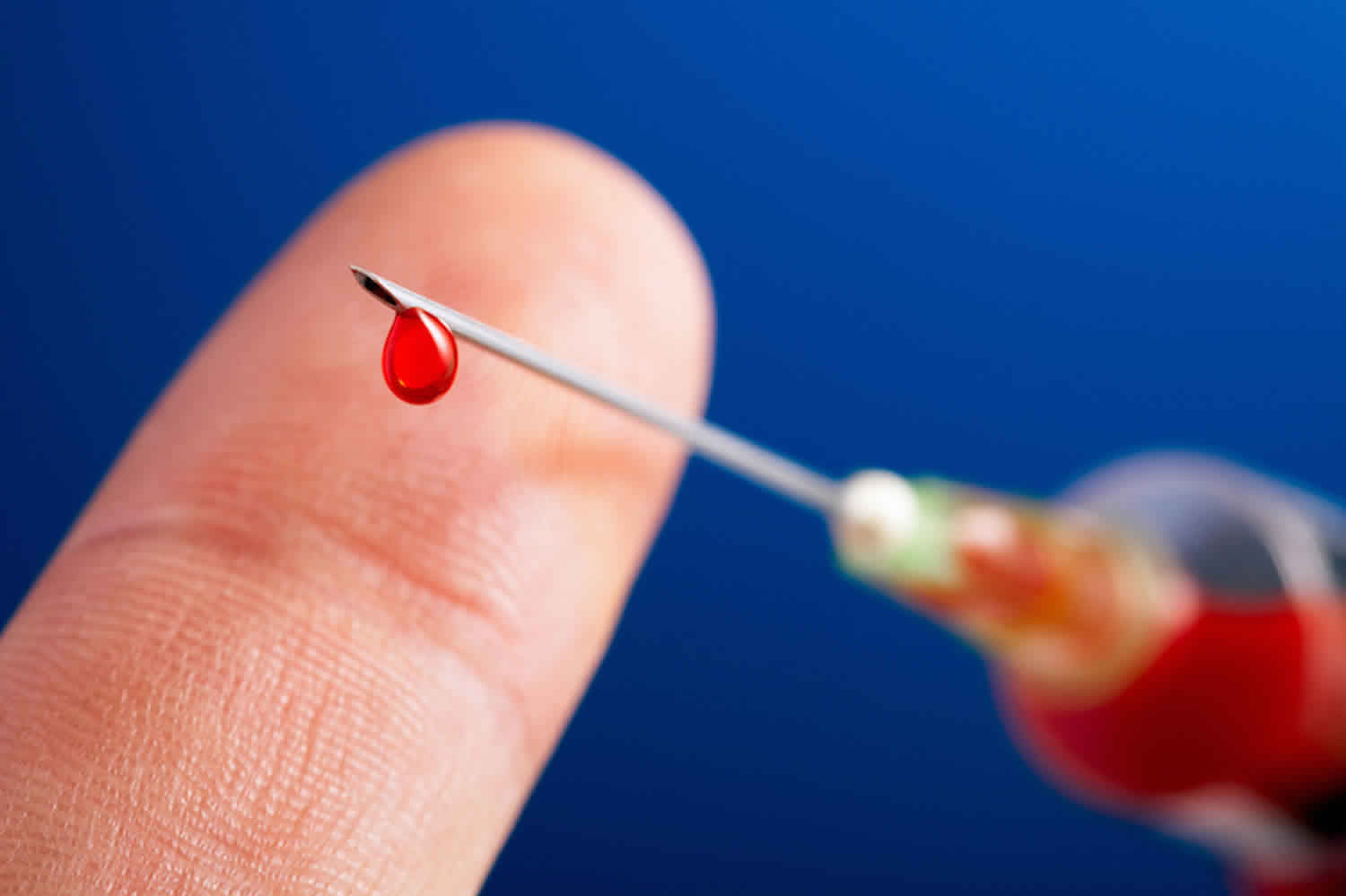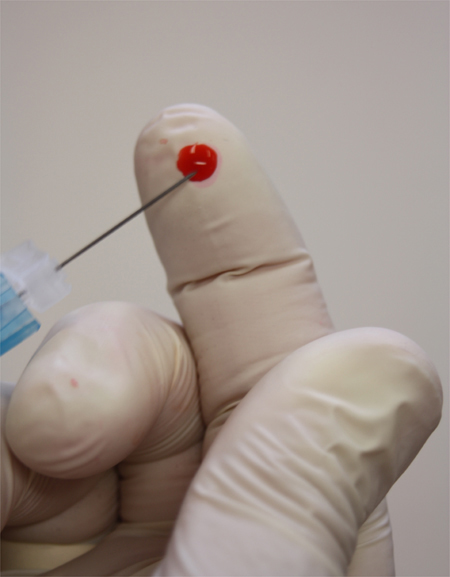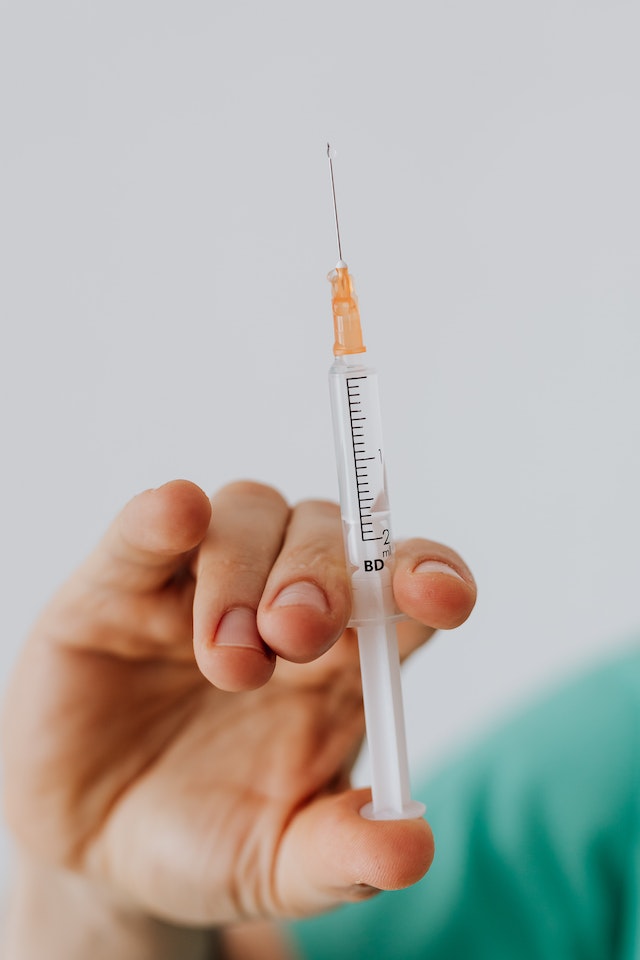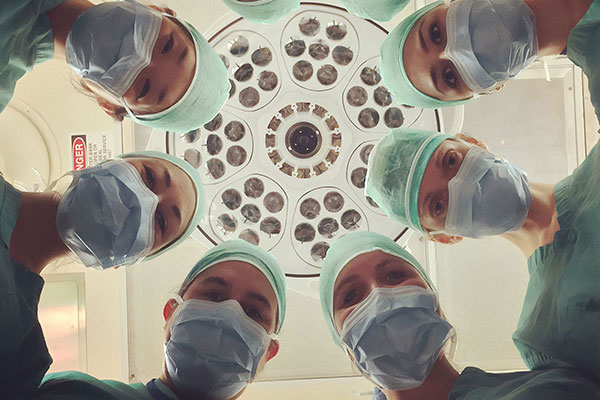Needle stick injury claims
NoWinNoFee.com is a claims management company that helps people claim compensation for an accident or injury that wasn't their fault
With no win no fee agreements (also known as a Conditional Fee Arrangements, or CFAs), there are no upfront legal fees, which means anyone who has been involved in an accident that wasn’t their fault can gain access to justice without any financial risk. Your solicitor only gets a fee if your claim is successful. If your claim isn't successful, you won’t pay your solicitor any legal fees.
If your case is successful, typically you will pay 25% (including VAT) of your compensation to your solicitor, although they will discuss any fees before starting your case. To ensure your claim is risk free, your solicitor may take out an insurance policy on your behalf. If you terminate the agreement, you may have to pay fees for the time already spent on your claim, or due to: lack of cooperation, misleading your solicitor, missing medical or expert examinations, or not attending court hearings.
There are some instances where you are not required to use the services of a claims management company, and are able to claim yourself, for free, directly via the relevant ombudsman/compensation scheme. These include:
- Criminal injuries: The Criminal Injury Compensation Authority (England, Wales, and Scotland) or the Criminal Injury Compensation Scheme (Northern Ireland)
- Minor road accidents: The Official Injury Claim Portal
- Accidents involving uninsured drivers: The Motor Insurers' Bureau
Needle stick injury Claims
If you or a loved one has suffered a needlestick injury or sharps injuries through no fault of your own, whether the injury is minor or life changing, you may be able to claim compensation for the physical and psychological harm you’ve experienced.
Call now on 0800 234 6438
Needlestick injury compensation claim
A needlestick injury is a puncture wound caused by a needle that has been used to inject a medication or draw blood from someone else. Needle stick injuries pose a potential risk of transmitting infections or diseases from the source patient to the person who suffered the injury.
Needlestick injuries occur most commonly in healthcare settings, such as hospitals and clinics, as well as in other settings where needles are used or present, such as laboratories, waste collection, and tattoo parlours.
If you think you could be entitled to claim compensation, call 0800 234 6438 and speak with a trained legal advisor today. If they believe you have a claim to pursue, they’ll partner you with a specialist solicitor who will represent you on a no win no fee basis.
Who is commonly at risk of a sharps injury?
Anyone who works with needles and sharps are at risk of an injury. For example:
-
Healthcare professionals: Such as doctors, nurses, phlebotomists, and lab technicians who routinely handle needles and other sharp instruments during medical procedures.
-
First responders: Paramedics, emergency medical technicians, and firefighters who may come into contact with sharp objects while providing emergency care.
-
Janitorial staff: Cleaners in healthcare facilities who may encounter improperly disposed-of sharps.
-
Dental professionals: Dentists, hygienists, and dental assistants who handle sharp instruments in dental procedures.
-
Tattoo and piercing artists: Those in the body modification industry who use needles as part of their work.
-
Home healthcare workers: Those providing healthcare services in a home setting where sharps may be present.
-
Agricultural workers: Particularly those involved in veterinary care for animals.
Common scenarios leading to needle stick injuries
-
Inadequate disposal of used needles – When used needles aren’t properly placed in designated sharps containers, they can end up in places where unsuspecting individuals may come into contact with them.
-
Accidental pricks during medical procedures – Sometimes, medical procedures involve handling sharp instruments, and accidental pricks can occur, especially in fast-paced or high-pressure situations.
-
Mishandling of sharps containers – If sharps containers aren’t sealed or handled correctly, there’s a risk of needles being exposed and causing injuries.
-
Lack of health and safety regulations in place – If there is a lack of strict health and safety protocols governing the proper handling and disposal of sharp medical instruments, this absence of regulations increases the risk of needlestick injuries.
-
Lack of adequate training in things like disposing of needles or syringes – When staff are not properly trained on the safe disposal of needles or syringes, there’s a higher likelihood of improper handling, which can lead to needlestick injuries.
-
Not providing appropriate personal protective equipment – If employers fail to supply essential personal protective equipment, such as gloves or safety goggles, workers are more vulnerable to needlestick injuries. This equipment acts as a crucial barrier between the worker and potential hazards.
Types of injuries typically sustained
The types of injuries typically sustained from needlestick incidents can vary depending on factors like the depth of the puncture and the location of the injury. Common types of injuries include:
- Puncture wounds: These are the most frequent type of injury, where the needle penetrates the skin, creating a small hole, causing physical pain.
- Superficial scrapes or abrasions: In some cases, the skin may be grazed or scraped by the needle rather than punctured.
- Contusions or bruises: If the needle strikes with force but doesn’t penetrate, it can cause bruising.
- Infections: There is a risk of infection if the needle was contaminated with bodily fluids or pathogens.
- Transmission of bloodborne diseases: This is a serious concern, especially if the needle was used on a patient with a bloodborne disease like HIV or Hepatitis B or C*.
- Nerve or tendon damage: In rare cases, a needlestick injury might cause damage to nerves or tendons if it penetrates deeply.
- Psychological injuries: You might not think about the psychological damage caused by a needle stick injury, but if you’re worrying about contracting blood borne viruses as a result of a needle stick accident, the psychological trauma can be intense.
The risk of contracting HIV from a needlestick injury is very low, less than 1% (0.3%). In the UK, there have been no confirmed case of HIV infections from needlestick injuries in the UK since 1999. According to the Health and Safety Executive, the risk to healthcare workers of contracting hepatitis B is higher, up to 30%. The risk of contracting hepatitis C is low, at about 1-3%.
Why seek compensation
In the UK, your employer has a legal responsibility to protect their staff from needlestick injuries. The Health and Safety at Work Act 1974 is in place to ensure that all employers provide a safe working environment and look out for the health of their employees—wherever their place of work.
Failure to do so is negligence, and if you’ve been injured as result of employer negligence, you have every right to claim needlestick injury compensation. Seeking compensation is both justifiable and necessary:
-
Holds your employer accountable: By pursuing compensation, you hold your employer accountable for their negligence. This not only ensures justice for your injury but also reinforces the importance of workplace safety such as providing adequate training, or personal protective equipment.
-
Lost wages and income: If your injury leads to time off work or a diminished capacity to perform your duties, compensation can help replace lost wages. This ensures that you don’t suffer further financial setbacks due to the injury.
-
Compensate your pain and suffering: Needlestick injuries can be emotionally distressing, causing anxiety, stress, and even long-term psychological effects. Compensation can help you access the necessary support and counseling services.
Needlestick injury claims aren’t just about making sure you’re OK financially, they’re also about ensuring this type of accident doesn’t happen again:
-
Encourages workplace safety: By filing a compensation claim, you send a strong message to your employer and other businesses about the significance of prioritising employee safety. This can prompt them to take proactive measures to prevent future incidents.
-
Preventing future injuries: Compensation claims can lead to changes in workplace policies and practices, ultimately reducing the likelihood of similar incidents occurring in the future. This benefits not only you but also your colleagues and future employees.
If you’ve been injured as a result of a needlestick injury, you could be entitled to make a medical negligence claim, or an accident at work claim. To find out more, call 0800 234 6438 today and speak with a trained legal advisor for free, impartial advice about the claims process.
What should I do if I’ve suffered a needlestick injury?
Needlestick injuries happen when you least expect them. If you’ve suffered a needlestick injury, it’s important to take immediate action to ensure your safety and well-being. Here are the steps you should take:
- Remain calm: Take a deep breath and try to stay calm. This will help you think clearly and act efficiently.
- Wash the wound: Immediately wash the affected area with soap and warm water. Thoroughly clean the wound to reduce the risk of infection.
- Apply antiseptic: If available, apply an antiseptic solution to the wound. This provides an additional layer of protection against potential infections.
- Seek medical attention: Even if the injury seems minor, it’s crucial to seek immediate medical attention. Visit A&E, an urgent care centre, or your healthcare provider for a thorough evaluation.
- Report the incident: Notify your supervisor or employer about the incident as soon as possible. Provide details about how the injury occurred and any steps you’ve taken for first aid.
- Document the incident: Keep a record of the incident. This should include details such as the time and date, how the injury occurred, and the immediate steps you took for first aid.
Needlestick injury compensation claims eligibility criteria
To successfully bring personal injury claims, you’ll need to prove that the needlestick injury was caused by someone else’s negligence. This means that you will need to show that the person who caused the injury had a duty of care to you, that they breached that duty, and that their negligence caused your injuries.
Providing proof for a needlestick injury claim
It’s essential to have evidence of the needlestick injury incident to support your claim. This can include medical records, incident reports, witness statements, and any other documentation that can support your claim.
-
Medical records: Gather all relevant medical records related to the injury. This includes documentation of the initial treatment, follow-up visits, and any prescribed medications.
-
Photographic evidence: If possible, take clear and detailed photographs of the injury site. This visual evidence can be valuable in demonstrating the severity of the injury.
-
Witness statements: If there were any witnesses to the incident, ask them to provide statements describing what they saw. Their accounts can serve as additional evidence.
-
Proof of negligence: If applicable, collect evidence that shows negligence on the part of your employer or another party responsible for workplace safety. This could include photographs of unsafe conditions or inadequate safety measures.
-
Personal account: Write down your own detailed account of how the needlestick injury occurred. Include information on the setting, circumstances, and any immediate actions you took.
How much compensation can I claim for a needlestick injury?
The amount of compensation you can claim for a needlestick injury will depend on a number of factors, including:
-
The severity of your injuries
-
The impact they have had on your life
-
The circumstances of the accident
-
Whether you contracted a blood-borne infection
-
Whether your employer was negligent
In general, compensation for a needlestick injury can include:
-
Medical expenses, such as the cost of treatment for any infections you may have contracted
-
Loss of earnings, if you have been unable to work due to your injuries
-
Pain and suffering
-
Emotional distress even if there weren’t any visible injuries
-
Future care costs, if you are likely to need ongoing treatment or care
It’s important to note there is no fixed amount for needlestick injury compensation, as each case is unique. Compensation is typically determined through negotiation or, if necessary, by a court decision. To get a more accurate estimate of the compensation you may be entitled to, consult with an experienced personal injury solicitor. They will assess the specific details of your case and provide a more precise estimate based on your circumstances.
For example, if you have been diagnosed with Hepatitis C as a result of the needlestick injury, you may be able to claim for a significant amount of compensation for pain and suffering, as well as future care costs. However, if you have not contracted any infections, you may only be able to claim for a smaller amount of compensation for pain and suffering.
To find out more about how much compensation you could claim, call 0800 234 6438 and speak with a trained legal advisor today.
Needlestick injury claim time limits
If you need to seek needlestick injury compensation, in the UK, there are specific time limits, known as “limitation periods,” that govern when you can bring a needlestick injury claim. These time limits are in place to ensure that claims are filed within a reasonable timeframe.
- Three-year limitation period: In most cases, you have a period of three years from the date of the needlestick injury to initiate a claim. This means that you must file your claim within three years of the incident.
- Date of knowledge: If you become aware of the injury and its potential consequences after the initial incident, the three-year limitation period may begin from the date you gained knowledge of the injury. This could apply in cases where the full extent of the injury was not immediately apparent.
- Age of the injured party: If the injured party is under the age of 18 at the time of the incident, the three-year limitation period doesn’t begin until they turn 18. This means they have until their 21st birthday to file a claim.
- Mental capacity: If the injured party lacks mental capacity to make legal decisions, there may not be a time limit for bringing a claim until they regain capacity.
- Exceptions and extensions: In exceptional cases, the court may consider extending the limitation period, but this is relatively rare and depends on the specific circumstances of the case.
Start a no win no fee needlestick injury claim today
To find out more about the needlestick injury claims process call 0800 234 6438 today and speak with a trained legal advisor. They’ll offer you free, impartial advice about pursuing a sharps injury claim. If they believe you have a claim to make, they’ll partner you with personal injury solicitors who will represent you on a no win no fee basis in your personal injury claim.





